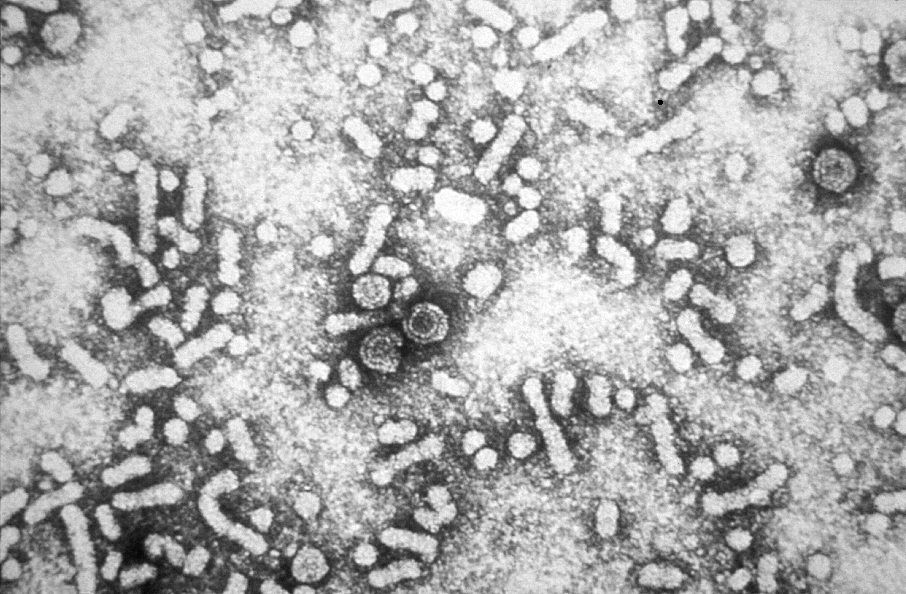
In the early 1970s, Ted Slavin, a hemophiliac, learned his blood was special. Over a lifetime of transfusions, he had slowly amassed a huge collection of antibodies, which are proteins produced by the immune system that attach to invaders, such as viruses and bacteria. When he started receiving transfusions in the 1950s, blood wasn’t screened for diseases, which meant that he’d been repeatedly exposed to some pathogens. His immune system manufactured large amounts of protective antibodies to battle these constant invaders, one of which was hepatitis B virus (HBV) — resulting in blood with extremely high concentrations of hepatitis B antibodies.
His physician relayed this discovery to Slavin — most doctors wouldn’t have bothered, and in fact might have surreptitiously sold his blood to researchers. Back then, scientists were at work on a hepatitis B vaccine, and hepatitis B antibodies were a hot commodity. Likewise, Slavin needed money — his medical condition precluded regular work, and treatments were costly. He contracted with labs and pharmaceutical companies to sell his antibodies directly, for as much as $10 per milliliter and up to 500 milliliters per order.
When someone has a chronic HBV infection, the virus has “hijacked” some of his or her cells, “tricking” them into manufacturing copies of the virus. A virus consists of an outer protein shell housing genetic information — the blueprint that cells follow when they produce virus copies. When hepatitis B viruses are manufactured in cells, an excess of surface proteins is produced — these waste products litter the bloodstream, and testing for their presence allows people to be diagnosed with HBV infections. These surface proteins are called antigens — and as luck (or evolution) would have it, the antibodies our immune systems produce can attach to viral antigens, helping us to keep pathogens at bay. Continue reading →
 sarcelle-et-cerise liked this
sarcelle-et-cerise liked this shafp posted this